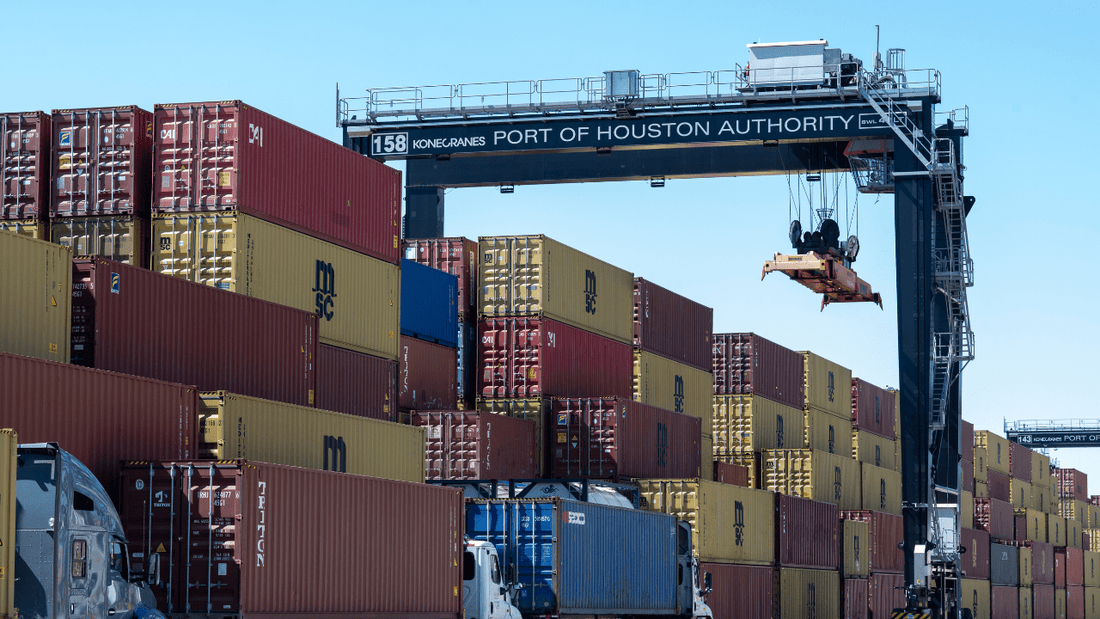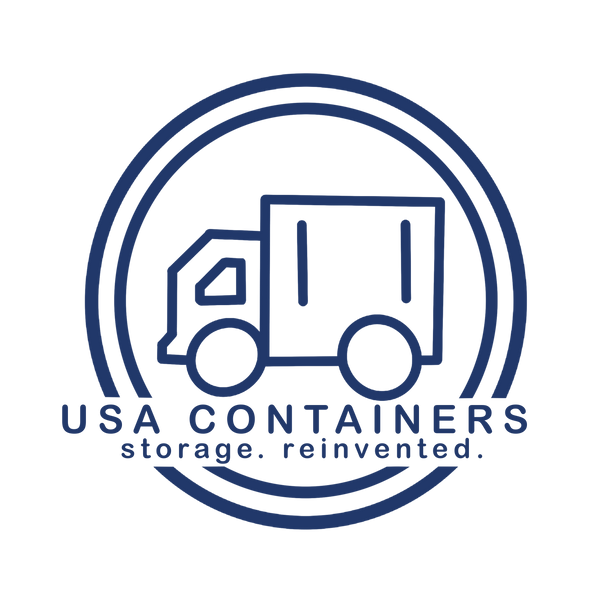
Port Houston: The Gulf Coast’s Leading Container Shipping Hub
Share
When it comes to maritime commerce in the U.S., Port Houston stands out as a heavyweight. Located along the Houston Ship Channel in Southeast Texas, Port Houston isn’t just the largest port on the Gulf Coast—it’s also one of the busiest in the entire nation. From massive container ships to intricate logistics operations, this hub plays a critical role in both domestic and international trade..
An Overview of Port Houston
Port Houston refers to both the physical port complex and the Port Commission that oversees the public terminals along the Houston Ship Channel. The port has grown steadily since its inception in 1914 and now spans over 50 miles of waterway. It’s a leading force in cargo handling, foreign tonnage, and shipping container traffic—making it a major player in global supply chains.
With more than 200 private and public terminals, Port Houston is a complex ecosystem. But when it comes to shipping containers, two terminals are the main stars of the show: Barbours Cut Container Terminal and Bayport Container Terminal.
Barbours Cut: The Pioneer of Container Shipping
Barbours Cut Container Terminal, located in La Porte, Texas, was a game-changer when it opened in the 1970s. It was the first terminal on the Gulf Coast built specifically for containerized cargo, and it set the standard for what was to come.
Today, Barbours Cut covers over 230 acres and features six berths equipped with state-of-the-art cranes and cargo-handling equipment. It handles hundreds of thousands of TEUs (twenty-foot equivalent units) annually and is constantly upgrading to stay competitive. Barbours Cut recently completed infrastructure enhancements aimed at improving efficiency, including gate automation and expanded intermodal rail capabilities.
For companies importing goods into the central U.S. or exporting American-made products around the world, Barbours Cut offers a strategic advantage. Its proximity to major highways and rail networks makes it a key link in the supply chain.
Bayport: The Future of Containerized Trade
If Barbours Cut is the veteran, Bayport Container Terminal is the rising star. Opened in 2007, Bayport was designed from the ground up with modern logistics in mind. The terminal currently operates three berths and has the potential for up to seven, making it a scalable solution for future growth.
Bayport boasts some serious tech muscle, including high-capacity ship-to-shore cranes, automated gate systems, and a modern truck appointment system that reduces congestion. The terminal’s layout and technology are focused on speed and sustainability, allowing for faster turnarounds and lower emissions.
Like its sister terminal, Bayport is also well-connected. It offers direct access to Interstate 45 and U.S. Highway 146, plus it’s linked to a major rail network. As global shipping demands evolve, Bayport is ready to handle the next wave of growth with ease.
Why Port Houston Matters for Global Trade
Port Houston isn't just a regional asset—it's a global gateway. The port handles more than 70% of the container cargo moving through the Gulf of Mexico and ranks among the top U.S. ports for foreign waterborne tonnage.
Thanks to its strategic location, Port Houston serves as a crucial hub for trade with Latin America, Europe, and Asia. Whether it's electronics from China, automobiles from Germany, or petrochemicals from Texas, the goods moving through Port Houston touch every corner of the globe.
And speaking of petrochemicals, the port is at the heart of the country’s largest petrochemical complex. That means a large portion of the cargo moving through the container terminals is related to the energy and manufacturing sectors—everything from resins and plastic pellets to equipment and machinery.
Technology and Sustainability at the Forefront
One of the reasons Port Houston stays competitive is its embrace of technology and innovation. Both Barbours Cut and Bayport use sophisticated tracking systems, remote-controlled cranes, and data analytics to streamline operations. The port also has a strong commitment to environmental responsibility.
Port Houston is investing in electric equipment, clean truck initiatives, and shore power to reduce emissions. It’s also working closely with the community to promote environmental stewardship, including regular dredging projects that maintain navigability while minimizing ecological impact.
Economic Impact: Jobs, Revenue, and Regional Growth
Port Houston is more than just ships and cranes—it’s a major economic engine. According to recent studies, the port supports nearly 1.35 million jobs in Texas and contributes over $339 billion in annual economic impact nationwide. That includes jobs in logistics, trucking, manufacturing, customs, and more.
Thousands of businesses rely on Port Houston for their supply chain needs. From small e-commerce startups to Fortune 500 companies, the port provides the infrastructure to keep goods moving efficiently and affordably.
Looking Ahead: Expansion and Innovation
The future looks bright for Port Houston. Plans are already in motion for major expansions at both Bayport and Barbours Cut. These include additional berths, new equipment, and increased automation to handle the growing volume of global trade.
The port is also deepening and widening the Houston Ship Channel under the Project 11 initiative. This will allow larger vessels to safely navigate the channel, improving throughput and reducing delays.
With its continued investment in infrastructure, sustainability, and technology, Port Houston is well-positioned to lead the way in 21st-century maritime trade.
Port Houston isn’t just a port—it’s a powerhouse. With top-tier shipping container terminals like Barbours Cut and Bayport, a prime location on the Gulf Coast, and a forward-thinking approach to logistics, it’s no wonder this port continues to thrive. For shippers, logistics professionals, and businesses looking to connect with the global marketplace, Port Houston offers opportunity, efficiency, and reliability in one dynamic package.
Fill out the form below for a free shipping container quote from USA Containers:
